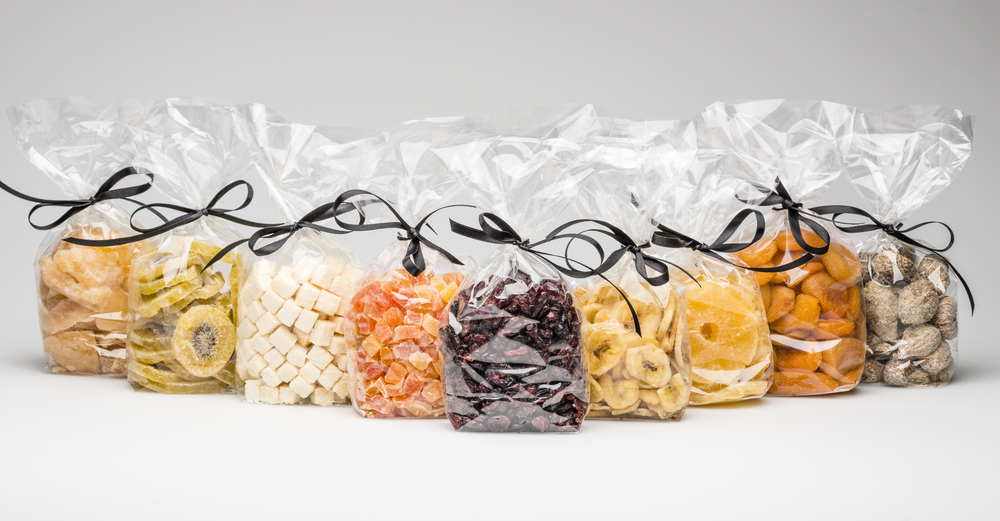
Food Packaging Bags: Types and Uses
If you are a part of the food production and packaging industry you must already be aware of the importance of appropriate food packaging and its impact on the end goods. Considering the dynamic nature of the food industry, it is very important to keep updating your processes in order to adapt.
With companies going global, food companies are required to place an added focus to their packaging equipment and procedure in order to ensure their product is well-preserved in appropriate packaging until it reaches the end consumer. However, in order to purchase the right type of equipment, you must first familiarise yourself with the each type of plastic bag, their notable features, and scope of use. This will help you understand the difference between each type of plastic and ease your decision making process with respect to equipment and machinery required to produce it.
Types of Food Packaging Plastic Bags
- High Density Polyethylene (HDPE)
HDPE is one of the most common plastic bags used in the world. This semi-translucent, lightweight plastic bag has a high resistance to temperature changes, water and vapour. It also has high tensile strength, and has been approved by the FDA as it meets their food handling guidelines. This type of plastic bag will most commonly be found at grocery and convenience stores, delis, or restaurants. - Low Density Polyethylene (LDPE)
LDPE bags are most commonly used as food and utility bags as it is made from low density polyethylene. They have high clarity and are extremely breathable too, making them a popular choice in the fast-paced setting of a commercial restaurant. While they aren’t as strong as HDPE bags, LDPE also meet the FDA food handling standards and can be used to store bulk food items like fresh fruits and vegetables. LDPE bags can also be used for heat sealing purposes due to its low melting point. - Linear Low Density Polyethylene (LLDPE)
The biggest difference between LLDPE and LDPE plastic bags is that LLDPE food bags have a thinner gauge, but with the same strength. Thus, allowing the user to “down-gauge” and save money without compromising on quality! LLDPE bags also meet the FDA’s food handing requirements and can be used to store food in both refrigerators and freezers. - Polypropylene (PP)
Unlike the other varieties of plastic bags, polypropylene bags are not breathable and can be used to store food products such as herbs, buts, candies to enhance their product shelf life for retail situations. Such plastic bags also display excellent chemical resistance and strength, and are FDA approved. Additionally, polypropylene bags are clearer than LDPE or LLDPE bags for enhanced product visibility.If you are a plastic-bag manufacturer and are looking for more information on the various types of plastic bags, or require additional consultation on which plastic bag making machine would best suit your firm’s requirements, contact XL Plastics or call us on +91 265 2830155 to receive expert guidance on the matter!
